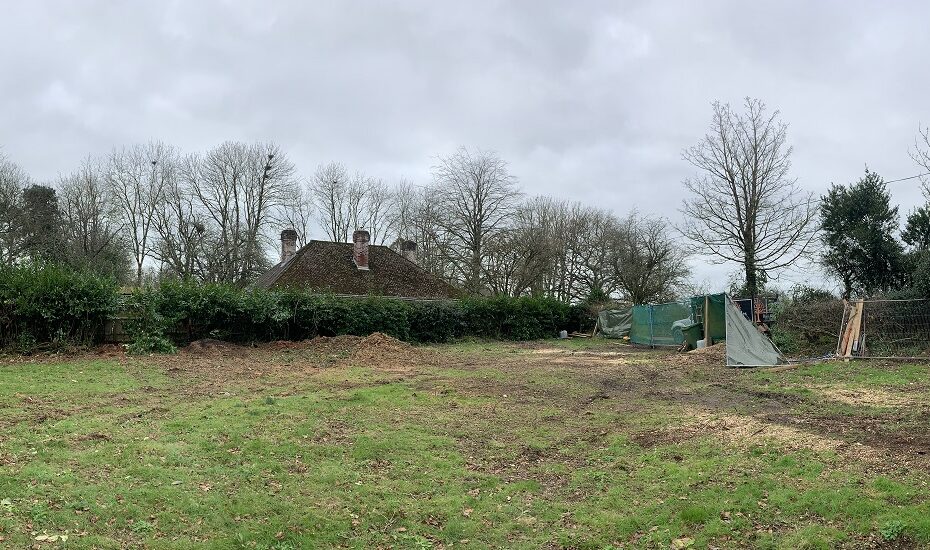The term “crown reduction” has no connection with the Royal family; it simply denotes a method used by tree surgeons to reduce a tree’s size.
While many gardeners believe they can handle tree pruning, using the right equipment and techniques is crucial to preserve a tree’s appearance and long-term well-being. In this piece, we endeavour to address all your inquiries about crown pruning, including the advantages of engaging qualified arborists.
What is crown Reduction?
Crown Reduction is a vital aspect of routine tree maintenance. Over time, a tree’s canopy can occupy excessive space, hindering sunlight from reaching your property or other garden plants.
Reducing the height and spread of a tree’s foliage, known as the crown, also relieves physical stress on the trunk and branches. This diminishes the risk of broken branches and ensures the tree adapts well to its surroundings.
The objective of crown pruning is to maintain the tree’s shape and primary structure while achieving a smaller and neater profile. The amount of pruning should be carefully measured and restricted, with any cuts being as minimal as possible, unless more drastic measures are required for safety reasons.
Professional tree surgeons should be able to provide precise measurements to achieve the best outcomes. For instance, they may recommend reducing the crown’s height by two metres and width by one metre to attain the desired size.
It’s important to note that crown pruning is not suitable for all tree species and should not be confused with “topping,” which can cause significant harm.
What are the benefits of crown reduction?
Trees are beautiful, but without proper care, they can appear untidy and neglected. Pruning in the form of crown reduction can rejuvenate trees, enhancing the visual appeal of your garden and property.
Regular maintenance is also crucial for a tree’s long-term health. For instance, some branches may wither over time, which not only looks unsightly but can also lead to disease. Deadwood also poses risks to people and property, as it can break off during strong winds.
Fruit trees, in particular, benefit from crown pruning, as fewer branches mean less competition for sunlight. This promotes the tree’s health and potentially increases fruit yields for the following year.
Can reduction damage a tree?
While pruning is a necessary part of tree maintenance, it does cause wounds on the tree. How a tree responds to pruning depends on its condition and the quality of the work. The size, angle, and position of each cut affect future growth.
Professional arborists know how to remove branches and where to make cuts to minimise harm.
Do you need advice?
From the tree species to neighbouring plants, numerous factors must be considered before embarking on crown pruning. That’s why we recommend entrusting tree pruning to the experts.
Ross Giles Tree Surgery serves the Dorset area. If you require professional help and advice, contact us today.





